New Energy Imperative
Russia’s invasion of Ukraine highlights the crisis and opportunity of the energy transition
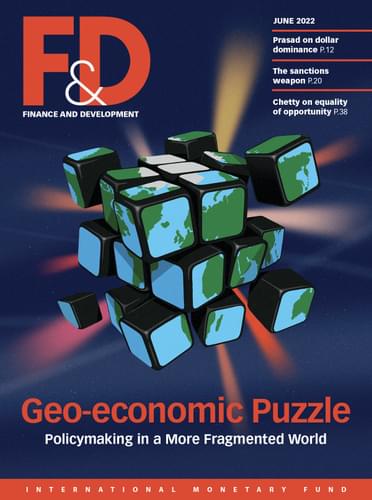
Russia’s invasion of Ukraine highlights the crisis and opportunity of the energy transition

To ditch fossil fuels for good, we must combine a range of technologies and approaches.
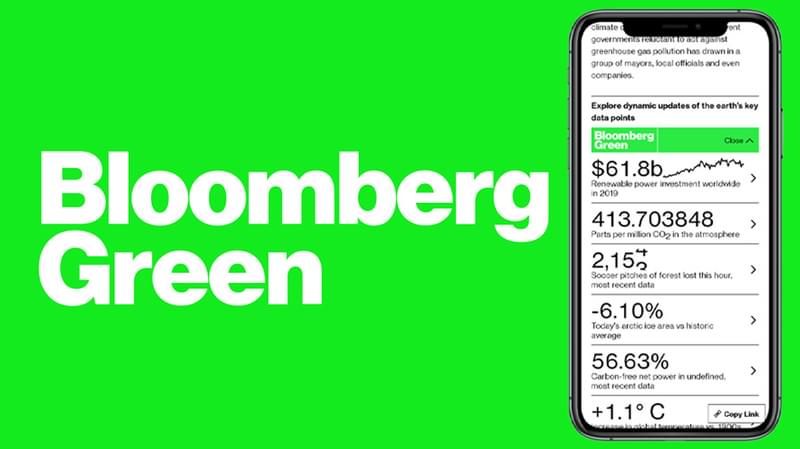

A multi-trillion-dollar global investment seems massive. But the closer you look, the smaller the numbers become.
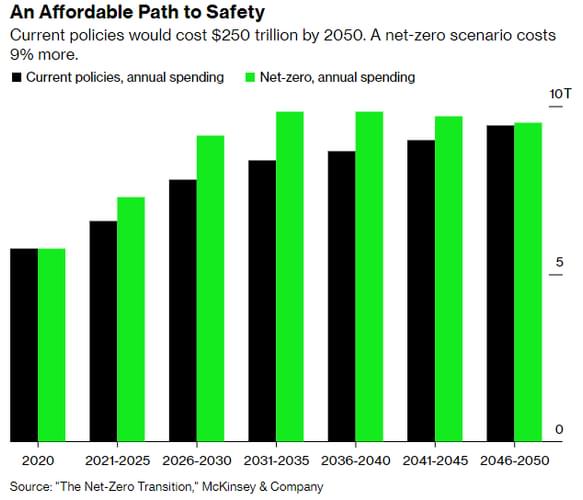
$3.5 trillion in new investments globally, per year through 2050, to get to net zero emissions.

The rapidly dropping price of solar power has transformed how we think about clean energy. But it needs to still get a whole lot cheaper.
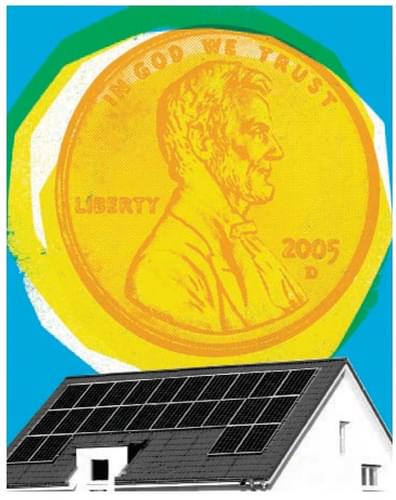
U.S. Open Energy Outlook

Gespräch mit Benedikt Narodoslawsky

by Kristina Mohlin, Jonathan R. Camuzeaux, Adrian Muller, Marius Schneider, and Gernot Wagner
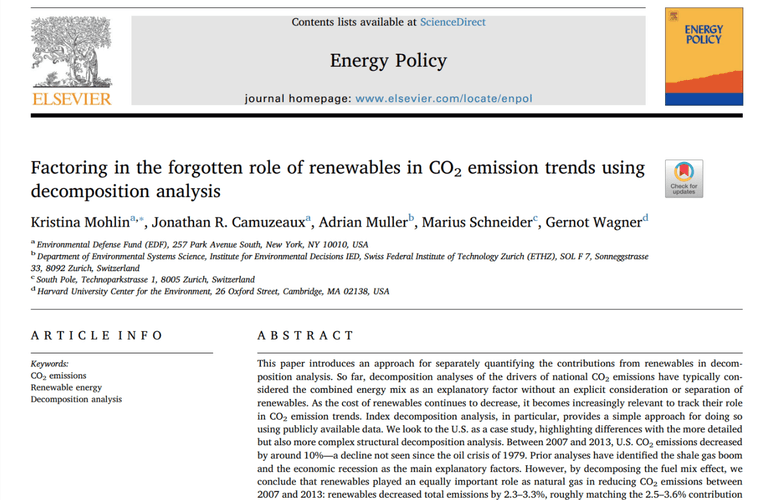
Alpbach, Austria

by Lee Miller, Vaclav Smil, Gernot Wagner, and David Keith
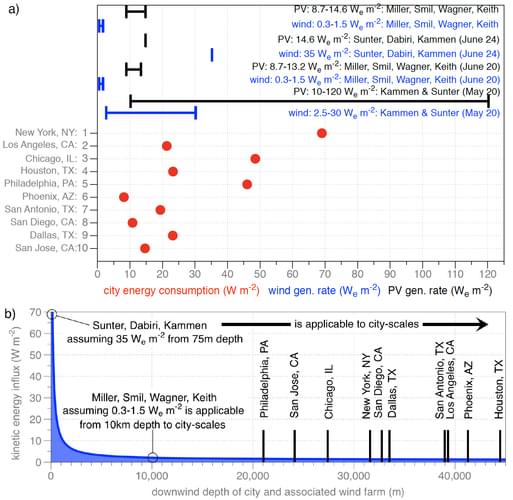
by Lee Miller, Vaclav Smil, Gernot Wagner, and David Keith
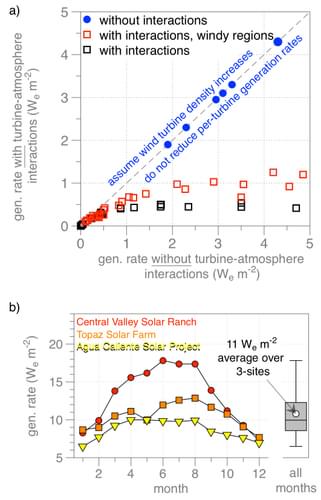
Don't focus on rebound. Focus on welfare.

New York University Stern School of Business
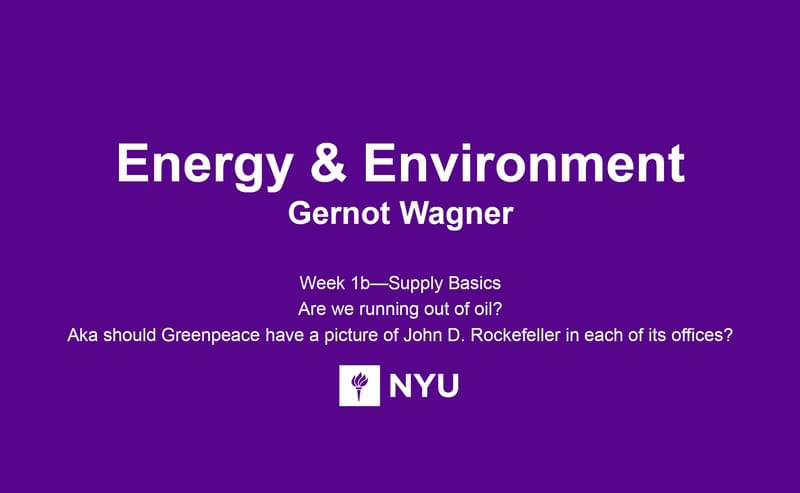
by Gernot Wagner, Tomas Kåberger, Susanna Olai, Michael Oppenheimer, Katherine Rittenhouse, and Thomas Sterner
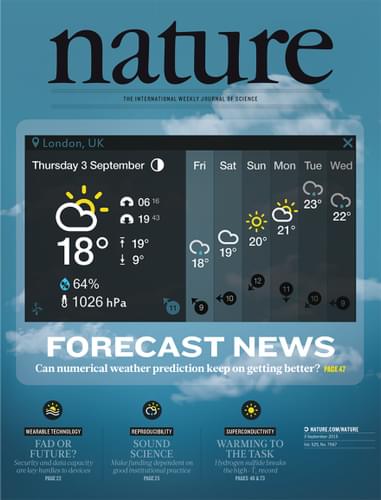
Fall 2015

Carbon pollution is.
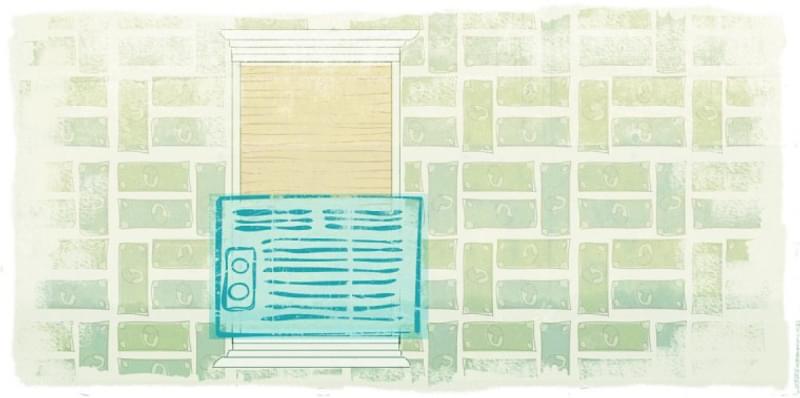
Carbon emissions have increased by 50 percent since the first Earth Summit meeting in Rio de Janeiro, but the rapid development of wind and solar energy offers hope.
Overall, the benefits of the 1970 Clean Air Act exceed costs by a factor of 30 to 1.
The looming U.S. nuclear cliff